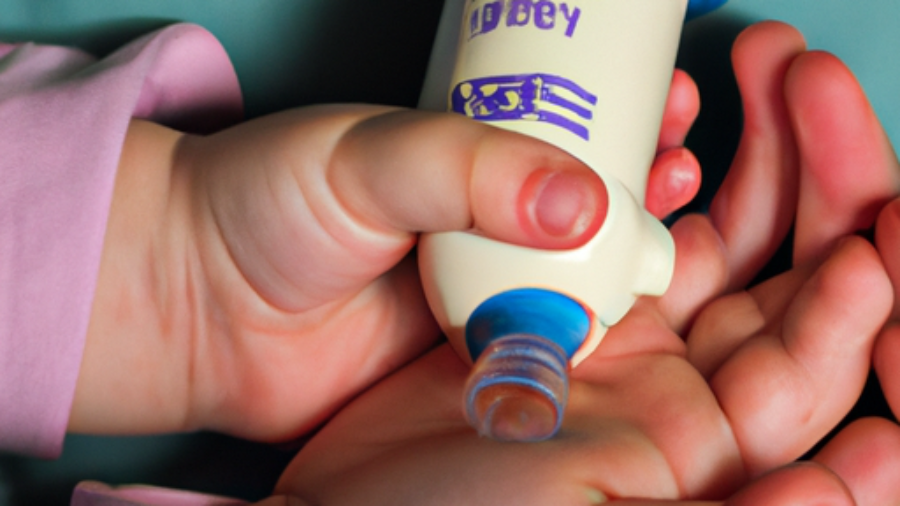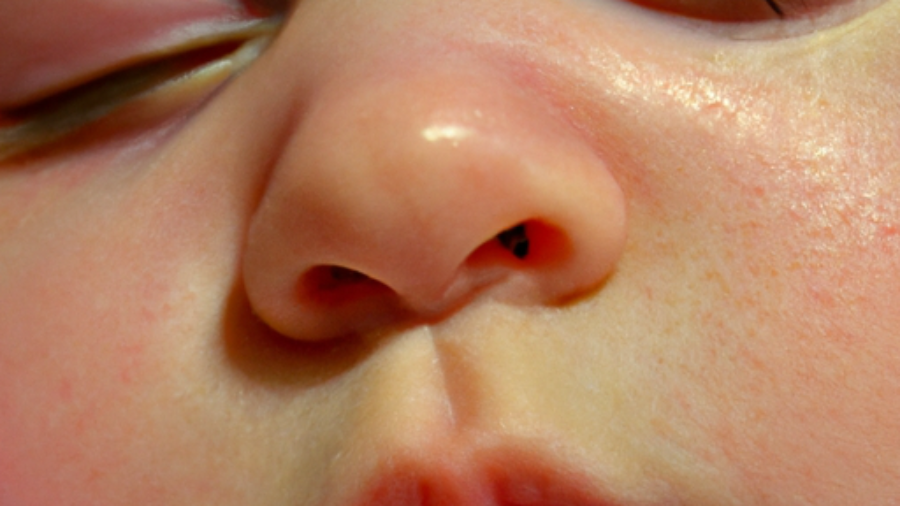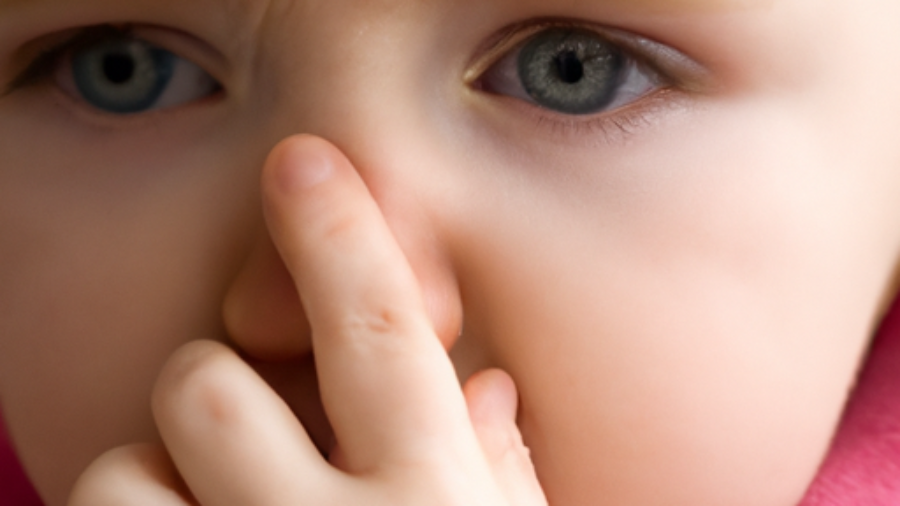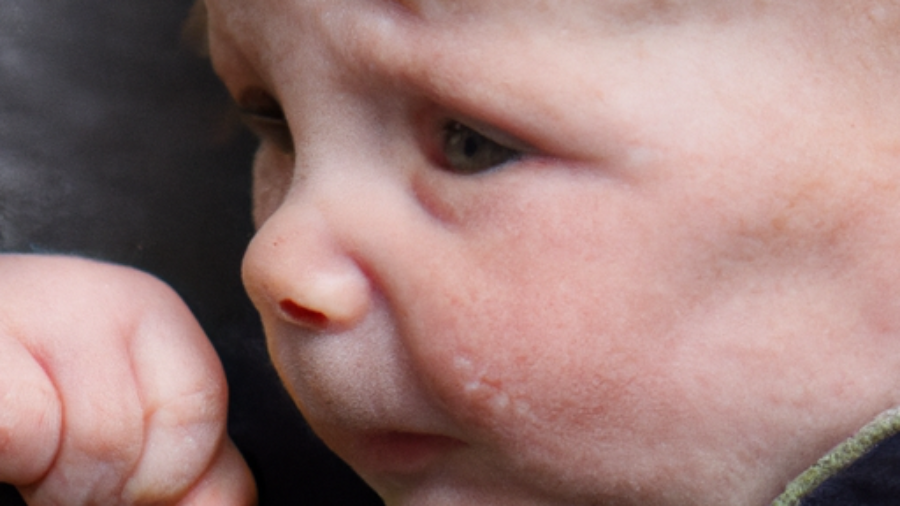RSV symptoms can be alarming. This comprehensive guide provides a detailed overview of the signs and symptoms of RSV in both children and adults. Know how to recognize RSV and ensure timely medical attention for yourself or your loved ones.
Knowing the Symptoms of RSV
Learn about the symptoms of RSV and take necessary precautions for timely intervention. Recognize early signs, seek medical attention, and prevent its spread.
RSV Symptoms: What to Look Out For
Learn about the symptoms of RSV, a respiratory infection that affects individuals of all ages. Early recognition and proper care are key to preventing complications.
Common RSV Symptoms in Infants
Learn about the common symptoms of Respiratory Syncytial Virus (RSV) in infants. Recognize signs like coughing, wheezing, nasal congestion, and fever. Early intervention is crucial in managing this viral infection.
Recognizing the Signs of RSV
Recognizing the Signs of RSV – Learn about common signs of RSV, how it’s transmitted, high-risk populations, and severe symptoms to seek immediate medical attention.
Understanding RSV Symptoms
Learn about the symptoms of RSV and why early intervention is important. Understand how the virus is spread and the risk factors involved. Discover the unique indicators of RSV in infants and how it affects adults. Find out the duration of RSV symptoms and potential complications. Explore the diagnosis methods and medical treatment options for managing RSV. Finally, learn about prevention strategies to reduce the risk of RSV transmission.
Common RSV Symptoms to Look Out For
Learn about the common symptoms of RSV, a viral infection that affects the respiratory system. Early recognition is key for timely diagnosis and treatment.
Recognizing RSV Symptoms in Infants
Learn about the symptoms of RSV in infants and how to recognize them. Early recognition and treatment are crucial for the well-being of your little ones. Find out more here.
Understanding the Signs of RSV in Children
Learn to recognize the signs of RSV in children. This article discusses symptoms, causes, treatment options, and prevention strategies to safeguard your child’s health.









